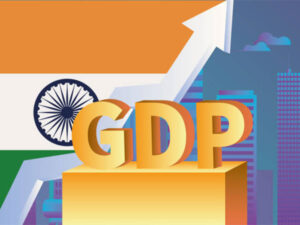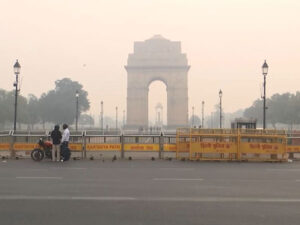
Singapore, January 18 (ANI): India’s digital disruption poses a relatively low risk to the longstanding market position of its top-tier banks, S&P Global Ratings said on Monday.
In a report titled ‘Tech Disruption in Retail Banking,’ it said COVID-19 restrictions have been a boost for Unified Payment Interface (UPI). The value of transactions processed via the UPI almost doubled in June to November 2020 from the same period a year ago.
“We expect this shift in consumer preferences to remain. Rising smartphone penetration, increasing internet connectivity, and the young, tech-savvy demographic segment present vast opportunities in India for existing banks and new players.”
The Reserve Bank of India and the government have also been pivotal in laying the foundation and raising the bar for development of fintech in the country, said S&P.
Many banks in India have been quick to embrace new technologies to cater to a vast and growing, young, tech-savvy customer base.
“We believe India’s top-tier private-sector banks and State Bank of India (SBI) are well-placed to deal with tech disruptions, given their dominant market positions and continued investments in technology,” said S&P Global Ratings credit analyst Deepali Seth Chhabria.
Some non-bank financial companies (NBFCs) have made considerable traction in having technology-led banking solutions omnipresent in their core business models.
In addition, financial institutions use artificial intelligence and machine learning not only in loan underwriting but also customer onboarding, cross-selling, servicing, and fraud management.
The banking system’s low profitability and weak asset quality present some difficulties in significantly boosting digitalisation for several state-owned banks and smaller private-sector banks.
Although the industry’s competitive dynamics will continue to evolve, new entrants have failed to make their mark so far. Payment banks in India have less than one per cent of the deposit market share and remain unprofitable.
Restrictive licenses render the model rather unviable. Big tech companies have also entered the industry, but they have not been able to encroach into the mainstays of the incumbent banks, namely lending and deposits.
In India, mobile payment users are shifting away from e-wallets toward UPI which dominated the payments market with 51 per cent share in the total number of transactions in October 2020.
Unlike e-wallets, UPI does not lead to deposits moving out of the banking system. That allows India’s banking system to maintain an edge in the payment system.
“Collaborations between traditional banks in India and fintech companies are likely to increase. At the same time, we believe traditional banks require considerable investments to upgrade legacy systems,” said S&P. (ANI)



















